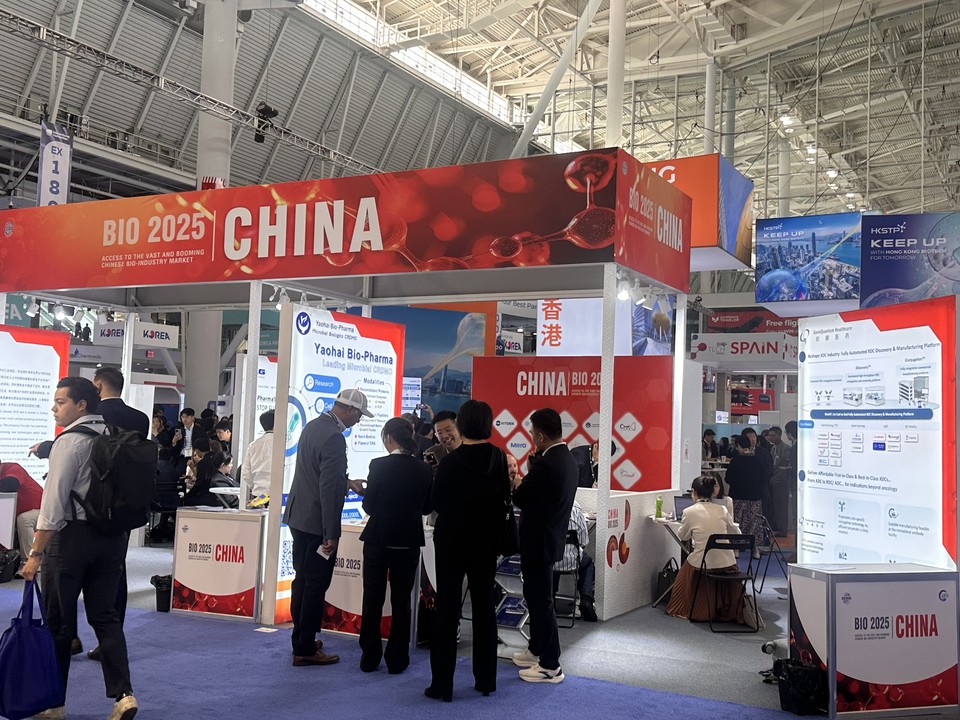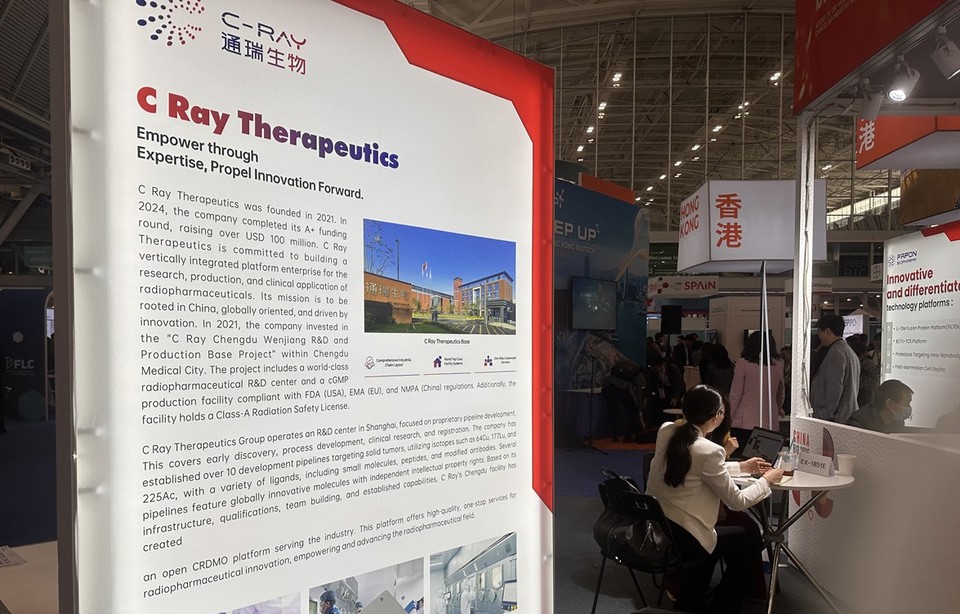With expanded presence and aggressive partnering, Chinese companies signal a rising challenge to global biotech leadership

The rise of China’s biotech industry is becoming more pronounced as global leadership, once dominated by the U.S. and Europe, begins to shift. At BIO USA 2025, the number of participating Chinese firms grew significantly compared to the previous year, reflecting increased efforts to secure licensing deals and forge global alliances.
A representative from a Chinese biotech association commented, “China is growing rapidly, and some believe it could soon rival the U.S. and Europe in biotech leadership.” The representative also noted that Korea must remain vigilant in the face of this fast-paced expansion.
One of the standouts at the convention was GeneQuantum Healthcare, a company specializing in next-generation conjugate drugs (XDCs) using precision conjugation technology. Attending BIO USA for the first time, GeneQuantum scheduled more than 30 partnering meetings. “We are accelerating global outreach through flexible partnership models and technology licensing,” said a company spokesperson.
GeneQuantum's proprietary platform integrates enzyme-based conjugation with click chemistry and supports scalable manufacturing, even in monoclonal antibody (mAb) facilities. The company plans to expand its XDC pipeline beyond ADCs into radioconjugates (RDCs) and antibody-oligonucleotide conjugates (AOCs), with a focus on first-in-class and best-in-class therapies. Its technology has already been licensed to U.S.-based Biohaven and transferred to Korea’s AimedBio.

Also attracting attention was C Ray Therapeutics, a developer of targeted radiopharmaceutical cancer therapies (RDCs). Founded in 2021, C Ray raised over $100 million in Series A+ funding in 2024 and is now seeking global partners to out-license its pipeline. “Within the first day, we held over 10 meetings and expect to reach 20–30 by the end of the convention,” said a company representative.
C Ray’s RDCs function similarly to ADCs but use radioactive isotopes to enhance therapeutic effects. “This modality requires a sophisticated production and distribution infrastructure,” the spokesperson explained. “We’ve established an in-house facility in Chengdu and built a regional logistics network across the Asia-Pacific.” The company also expressed interest in collaborations with Korean biotechs. Its lead candidates are in preclinical stages, with plans to combine them with small molecules for synergistic effects.
Another key player at the pavilion was HitGen, known for its DNA-encoded chemical library (DEL) platform. With more than 1.2 trillion compounds across 53 target classes and an 80% hit rate, HitGen is actively expanding partnerships. “Our platform is one of the largest globally and is widely adopted by major pharma,” said a HitGen representative. The company is also branching into RNA-targeting therapies and novel modalities such as Targeted Protein Degraders (TPDs).
HitGen holds multiple global licensing agreements and has out-licensed oral tumor therapies targeting NTRK and ROS1, excluding China. It also maintains CRO partnerships with companies like Pfizer and Johnson & Johnson.
Other Chinese companies participating at the China Pavilion included Fapon Biopharma, DIVAMICS, Transgen Biotech, Mujin Chem, SuNPe, and Mitro—all of whom held numerous one-on-one partnering meetings throughout the convention.

